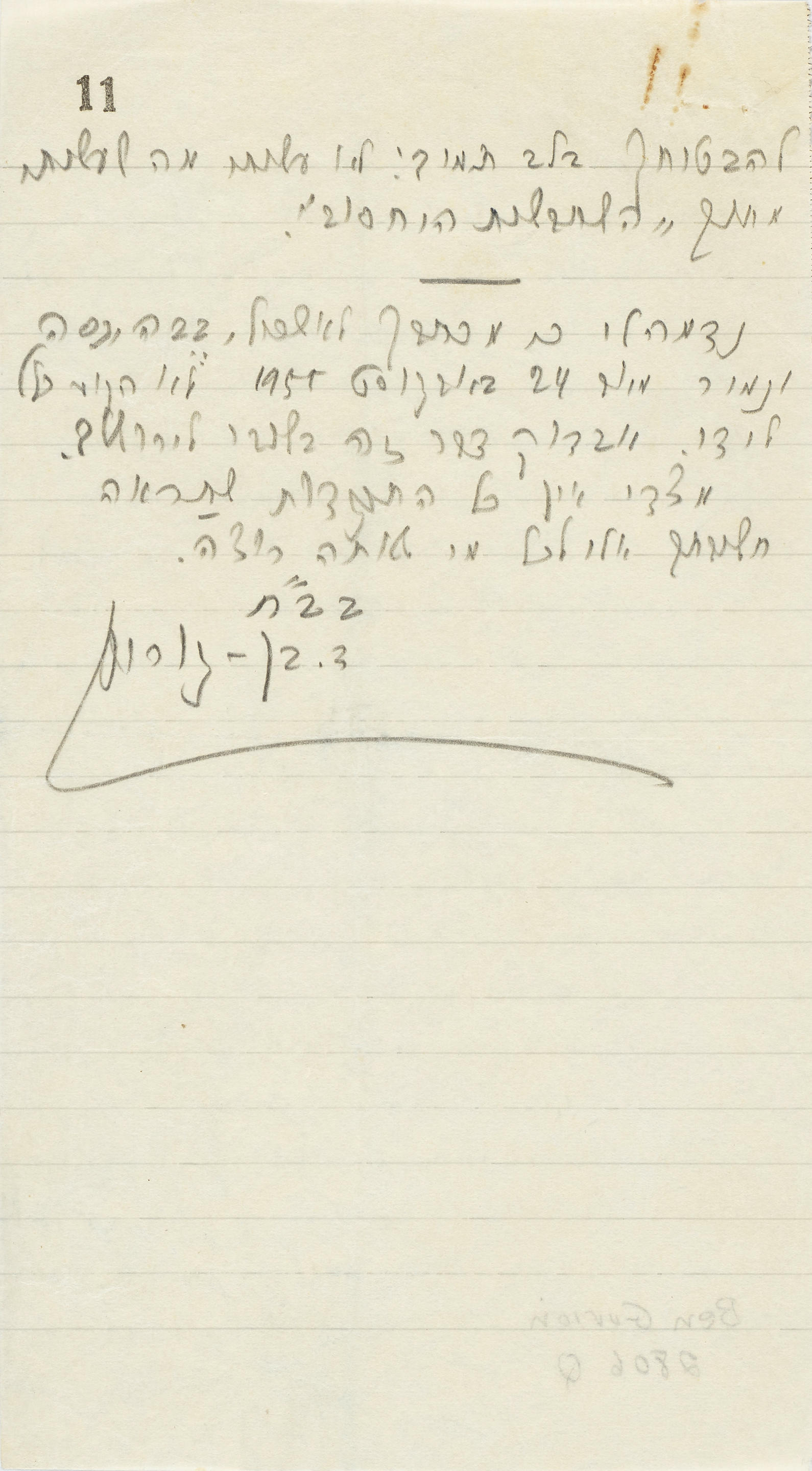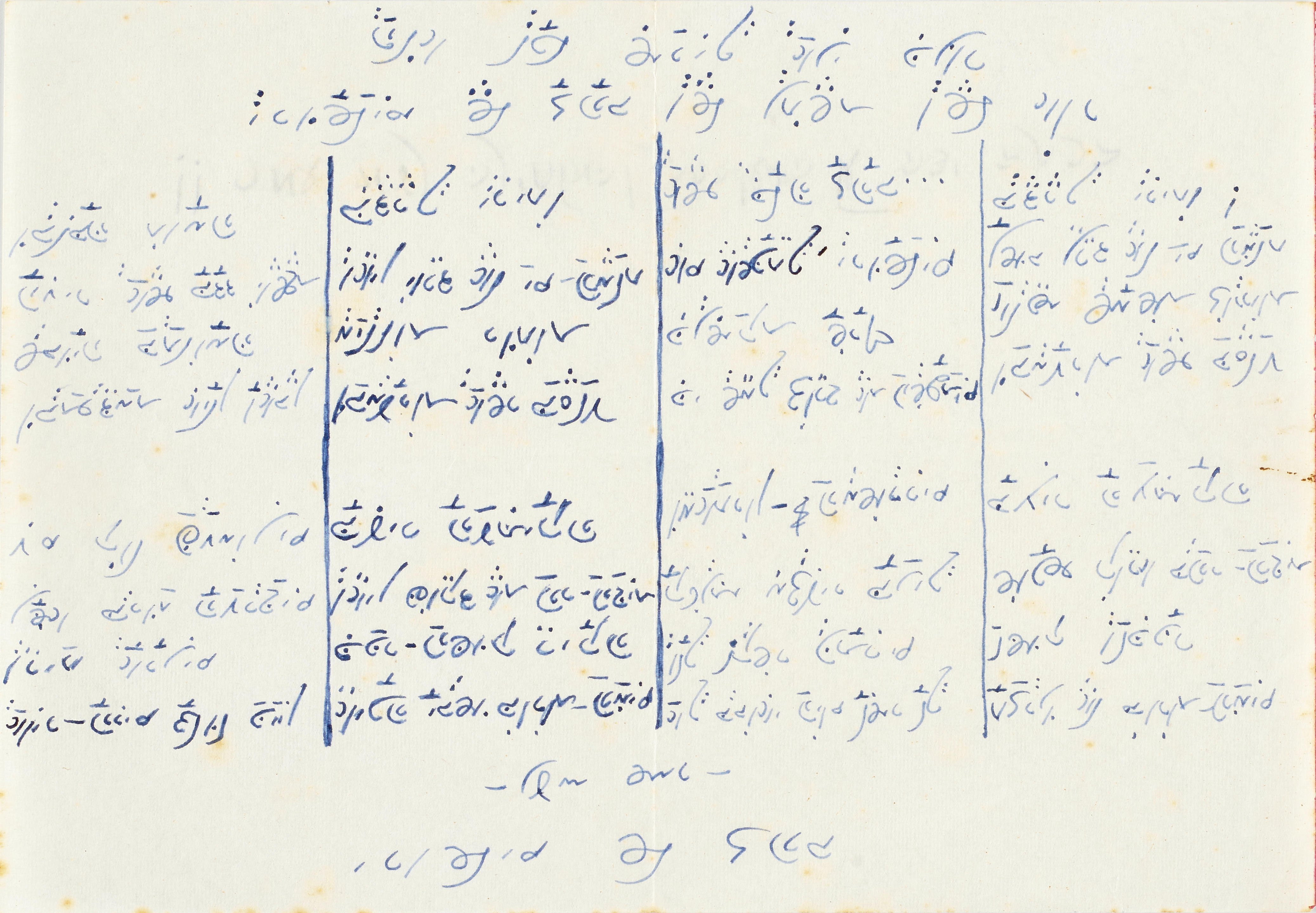Scientific miscellany, in Latin. Manuscript on vellum, 14th century.
56 vellum leaves, 195 x 145 mm. Incomplete, present collation: [i-v8 vi3 (of 4, 4 cut away without loss of text) vii8 ix5 (of 8, last three cut away without loss of text)]. No signatures or foliation. Prickings visible in most margins. 4 vertical bounding lines ruled in lead, 22 long lines written in a neat gothic script, written area 102 x 70 mm. Red and blue paragraph signs in text, 2-line initials alternating red and blue flourished with the opposite color, one 5-line illuminated initial in pink, blue and gold, one 5-line parti-colored Lombard initial with elaborate red and blue flourishing. Red and black diagram illustrating the phases of the moon; eleven pages with various marginal illustrations including diagrams demonstrating how to measure the height of towers; numerous numerical tables. Dampstaining to a few upper margins, several leaves with blank lower margins removed. Tawed leather over wooden board, formerly chained from top of back cover, partially disbound, rear board only survives, first five quires detached from sewing.
Provenance: Possibly from the community of Augustinian Hermits in Windsheim, Germany, as the remains of the binding correspond to that of the manuscript offered separately in this sale.
Contents of this manuscript are as follows:
Fragment of an unidentified calendrical treatise, incomplete at the beginning. The two quires that are present are not consecutive, although the text ends with an explicit on ii8 recto and a table on ii8 verso (Quires i-ii).
Quadrans vetus, attributed to JOHANNES ANGLICUS (fl. late 13th century). Incipit: Geometrie sunt due partes theorica and practica... (Quires iii-iv7).
The quadrant was a mathematical or astronomical instrument featuring a graduated arc encompassing a quarter of a full circle or 90°. It could be used to measure the altitude above the horizon of the sun and stars, the heights of buildings and mountains, the depths of pits, the latitude of any location, and to determine the time of day. The present treatise, composed at Montpellier in the late 13th century, describes both the construction and the uses of the instrument. Although few of the actual instruments survive, the popularity of this treatise in the later Middle Ages is attested by the fact that more than one hundred Latin manuscripts, as well as several vernacular translations, survive from the period prior to 1600. The work is accompanied in this manuscript by eleven pages of marginal diagrams carefully drawn in black and red, mostly demonstrating how to calculate the heights of towers, and by four pages of numerical tables. See Nan L. Hahn, "Medieval Mensuration: Quadrans vetus and Geometrie due sunt partes principales...," in Transactions of the American Philosophical Society, Vol. 72, Part 8, 1982.
MASHALLAH IBN ATHARI (MESSHALA). Fl. late 8th-early 9th century. De compositione et utilitate astrolabii. Translated by Johannes Hispalensis (John of Seville, fl. mid 12th century). Incipit: Scito quod astrolabium sit nomen grecum cuius interpretatione est acceptio stellarum ... (Quires iv8-ix5).
Scientific miscellany, in Latin. Manuscript on vellum, 14th century.
56 vellum leaves, 195 x 145 mm. Incomplete, present collation: [i-v8 vi3 (of 4, 4 cut away without loss of text) vii8 ix5 (of 8, last three cut away without loss of text)]. No signatures or foliation. Prickings visible in most margins. 4 vertical bounding lines ruled in lead, 22 long lines written in a neat gothic script, written area 102 x 70 mm. Red and blue paragraph signs in text, 2-line initials alternating red and blue flourished with the opposite color, one 5-line illuminated initial in pink, blue and gold, one 5-line parti-colored Lombard initial with elaborate red and blue flourishing. Red and black diagram illustrating the phases of the moon; eleven pages with various marginal illustrations including diagrams demonstrating how to measure the height of towers; numerous numerical tables. Dampstaining to a few upper margins, several leaves with blank lower margins removed. Tawed leather over wooden board, formerly chained from top of back cover, partially disbound, rear board only survives, first five quires detached from sewing.
Provenance: Possibly from the community of Augustinian Hermits in Windsheim, Germany, as the remains of the binding correspond to that of the manuscript offered separately in this sale.
Contents of this manuscript are as follows:
Fragment of an unidentified calendrical treatise, incomplete at the beginning. The two quires that are present are not consecutive, although the text ends with an explicit on ii8 recto and a table on ii8 verso (Quires i-ii).
Quadrans vetus, attributed to JOHANNES ANGLICUS (fl. late 13th century). Incipit: Geometrie sunt due partes theorica and practica... (Quires iii-iv7).
The quadrant was a mathematical or astronomical instrument featuring a graduated arc encompassing a quarter of a full circle or 90°. It could be used to measure the altitude above the horizon of the sun and stars, the heights of buildings and mountains, the depths of pits, the latitude of any location, and to determine the time of day. The present treatise, composed at Montpellier in the late 13th century, describes both the construction and the uses of the instrument. Although few of the actual instruments survive, the popularity of this treatise in the later Middle Ages is attested by the fact that more than one hundred Latin manuscripts, as well as several vernacular translations, survive from the period prior to 1600. The work is accompanied in this manuscript by eleven pages of marginal diagrams carefully drawn in black and red, mostly demonstrating how to calculate the heights of towers, and by four pages of numerical tables. See Nan L. Hahn, "Medieval Mensuration: Quadrans vetus and Geometrie due sunt partes principales...," in Transactions of the American Philosophical Society, Vol. 72, Part 8, 1982.
MASHALLAH IBN ATHARI (MESSHALA). Fl. late 8th-early 9th century. De compositione et utilitate astrolabii. Translated by Johannes Hispalensis (John of Seville, fl. mid 12th century). Incipit: Scito quod astrolabium sit nomen grecum cuius interpretatione est acceptio stellarum ... (Quires iv8-ix5).















Try LotSearch and its premium features for 7 days - without any costs!
Be notified automatically about new items in upcoming auctions.
Create an alert